Clomiphene citrate is a non-steroidal fertility drug used in induction of ovulation. Patients treated with this drug include women with polycystic ovary syndrome and anovulatory women. It is effective in restoring ovulation amongst women with fully functional ovaries and an intact hypothalamic-pituitary-ovarian axis.
Clomid is the first choice in these patients because it is affordable and easy to use. Ovulation will be induced in 80% of the patients while 40% will get pregnant within six treatment cycles. It is also associated with increased chances of multiple pregnancies..
Clomiphene is used in assessments of ovarian reserves. In such a case, it is a diagnostic tool. Additionally, it is administered in regulation of ovulation timing in patients who are anticipating donor insemination.
Mode of action
Clomid has been re-classified as a selective-estrogen receptor-modulation. This was arrived at due to the ability of the drug to compete for estrogen receptors with estradiol at the hypothalamus. It blocks estradiol normal negative-feedback system thereby lowering the amount of gonadotropin releasing hormone released.
The amplitude and frequency of GnRH pulses increase. This stimulates the pituitary gland to increase the output of luteinizing hormone and follicle stimulating hormone. LH and FSH stimulate ovaries to form oocyte follicles. Several ooccytes can mature under the influence of clomid.
Estrogen, which is produced by the mature follicles, will cause proliferation of the endometrium and thinning of cervical mucus. As the level of estradiol from the follicles increases, there is a surge of LH and FSH due to a positive-feedback to the pituitary gland. This is followed by release of a mature oocyte. This is what is termed as ovulation. After ovulation, corpus luteum is formed. The level of progesterone increases leading to thickening of the endometrium in preparation of implantation.
Clomid has to be used before normal selection time for the dominant follicles duration an ovulatory cycle. The timing of clomid treatment is the fifth to ninth day in the follicle cycle. Nonetheless, initiation of the treatment early, higher doses and longer treatment periods may have to be incorporated with consideration to the ovulatory response of the woman.
Being a weak estrogen-agonist, clomid interacts with estrogen-receptors located in the tissues. Clomiphene interferes with glands producing mucus in the cervix to thin the mucus produced. This favors motility of sperms to increase chances of conception.
After discontinuation of the therapy, a pharmacological effect on the drug in the body ceases. Nonetheless, spontaneous ovulation will continue in some women.

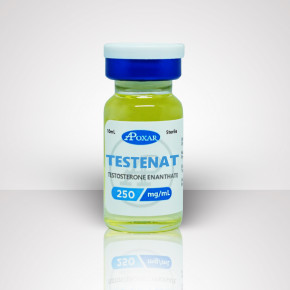
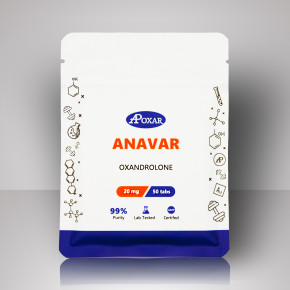
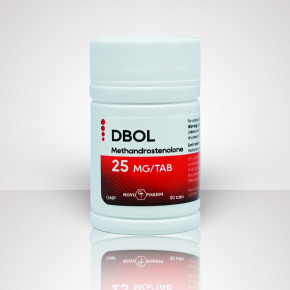
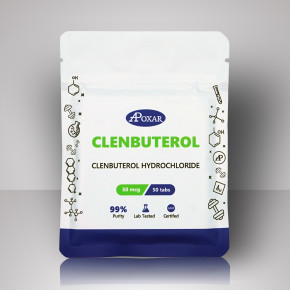
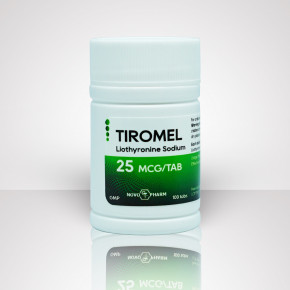
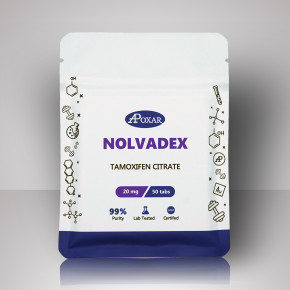
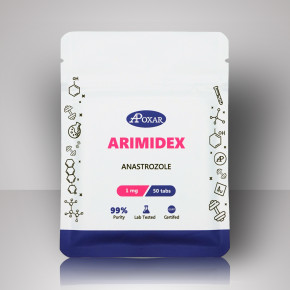
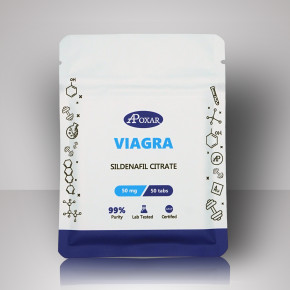
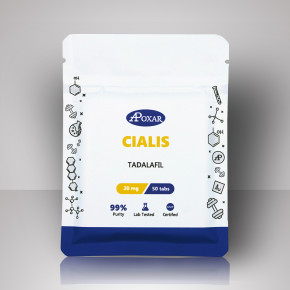
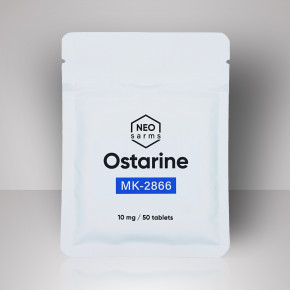
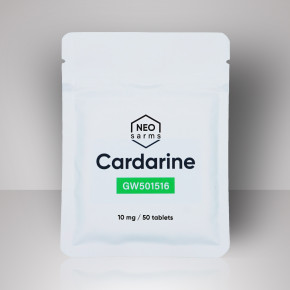
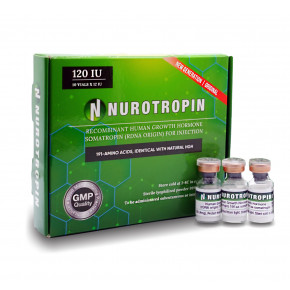
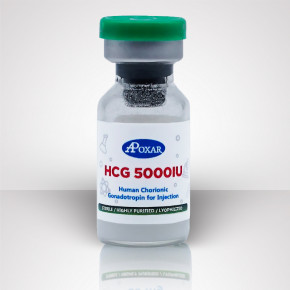
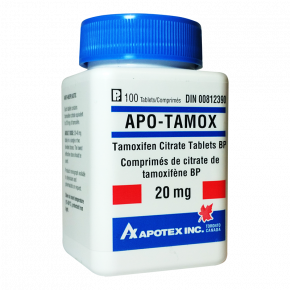
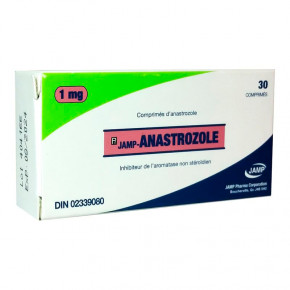
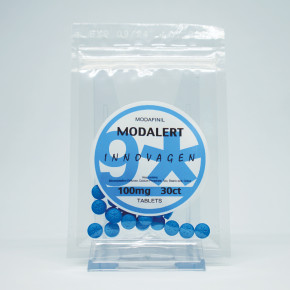
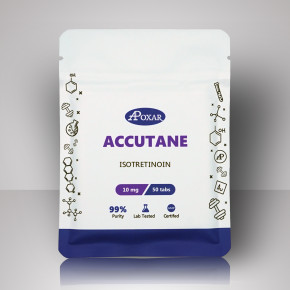
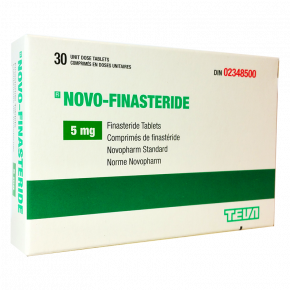
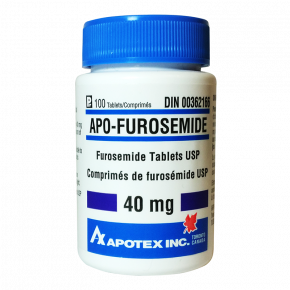
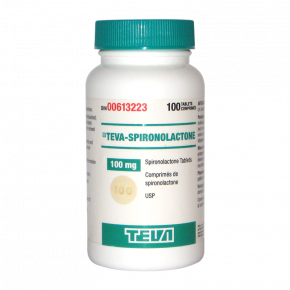


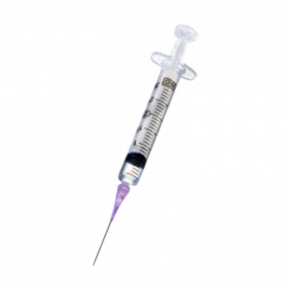
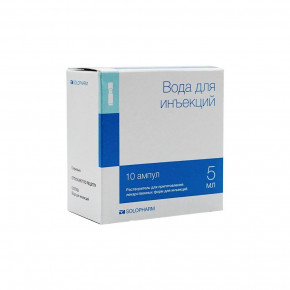

 Proudly Serving Canadians Since 2012
Proudly Serving Canadians Since 2012